Animals
-
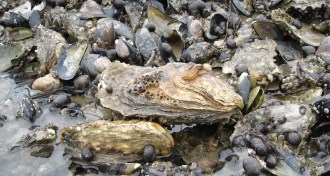 Animals
AnimalsOysters may struggle to build shells as carbon dioxide rises
Ocean acidification could hamper larvae's growth.
By Erin Wayman -
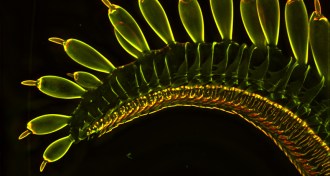 Animals
AnimalsButterflies’ tidy drinking tricks
The long tube of the insects' mouthparts is fluid friendly only at the tip.
By Susan Milius -
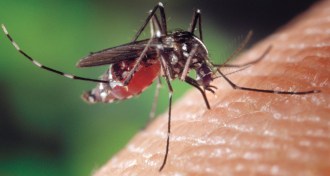 Animals
AnimalsIn the Eye of the Tiger
Global spread of Asian tiger mosquito could fuel outbreaks of tropical disease in temperate regions.
-
 Animals
AnimalsNow-extinct wolf may be ancestor of modern-day dogs
No strong signs of canine ancestry among living grey wolves.
-
 Animals
AnimalsLyrebirds dance to their own music
In mating display, male birds match moves to songs.
By Susan Milius -
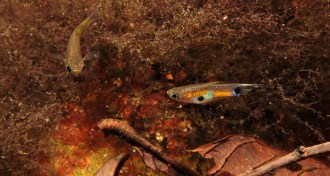 Animals
AnimalsDead, live guppies vie for paternity
Females can use sperm months after mates go belly up.
By Susan Milius -
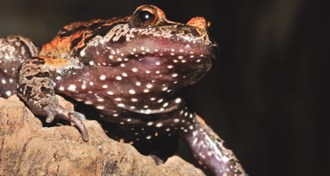 Animals
AnimalsFrog long thought extinct rediscovered in Israel
Hula painted frog turns out to be the only surviving member of an extinct genus.
By Meghan Rosen -
 Animals
AnimalsTwo books explore the weirdest life on Earth
Zombie Birds, Astronaut Fish and Other Weird Animals by Becky Crew and Weird Life by David Toomey.
By Susan Milius -
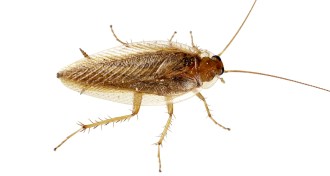 Animals
AnimalsHow roaches developed disgust at first bite
A change in taste cells makes glucose-baited traps repellent.
By Susan Milius -
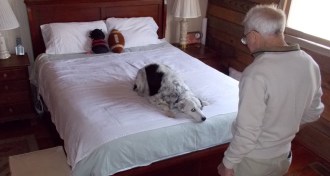 Psychology
PsychologyDog sniffs out grammar
After years of word training, a canine intuitively figures out how simple sentences work.
By Bruce Bower -
 Animals
AnimalsEmbracing the swarm
Entomologist Michael Raupp is enjoying Swarmageddon. The giant batch of cicadas began emerging from the ground in late April and will be heard in some northeastern states through June.
By Sid Perkins -
 Animals
AnimalsMalaria parasite drives mosquitoes to human scent
Compared to uninfected insects, ones carrying disease land more often on sweat-soaked stockings.